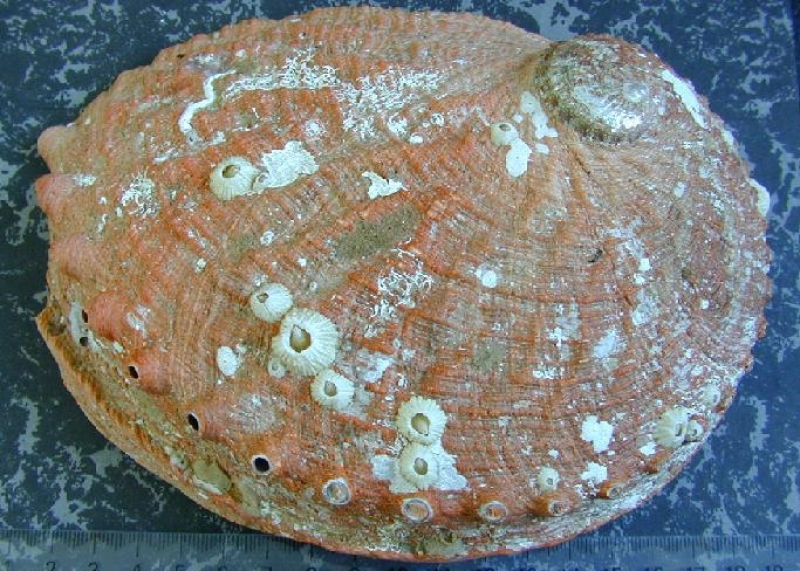MOLLUSKS
Type of resources
Topics
Keywords
Contact for the resource
Provided by
Years
-
The Australian Shellfish Reef Restoration Network is a recently established Community of Practice which brings together organisations and individuals interested in shellfish reef education, conservation, restoration and management. The Network aims to improve awareness of shellfish reef habitat and educate the broader public on the value of shellfish habitat conservation and restoration. The Network also promotes communication, restoration training, policy and regulation, research and development and implementation amongst network members. This record describes images collected by the Australian Shellfish Reef Restoration Network and freely available on https://shellfishreefs.smugmug.com/
-

Database includes data on abalone size at maturity, collected from sites around Tasmania from 1988.
-

[This data has been superseded by a synthesised global dataset which includes additional ecological data contributed by non-RLS entities (National Reef Monitoring Network). Please visit the corresponding NRMN Collection (IMOS - National Reef Monitoring Network Sub-Facility - Global cryptobenthic fish abundance) for the most current version of this data. See "Downloads and Links" section below.] Reef Life Survey is designed to develop and resource a network of skilled recreational divers for rapid and cost-effective assessment of the state of the inshore marine environment at the global scale. The project uses standardised underwater visual census methods employed by trained SCUBA divers to survey fish and invertebrate species and to record habitat type using photo quadrats - this dataset refers to the cryptic fish and invertebrate survey component only.
-

[This data has been superseded by a synthesised global dataset which includes additional ecological data contributed by non-RLS entities (National Reef Monitoring Network). Please visit the corresponding NRMN Collection (IMOS - National Reef Monitoring Network Sub-Facility - Global mobile macroinvertebrate abundance) for the most current version of this data. See "Downloads and Links" section below.] Reef Life Survey is designed to develop and resource a network of skilled recreational divers for rapid and cost-effective assessment of the state of the inshore marine environment at the global scale. The project uses standardised underwater visual census methods employed by trained SCUBA divers to survey fish and invertebrate species and to record habitat type using photo quadrats - this dataset refers to the cryptic fish and invertebrate survey component only.
-
The effect of barrens formed by the long spined sea urchin, Centrostephanus rodgersii, on the standing stocks of southern rock lobsters (Jasus edwardsii) and black lip abalone (Haliotis rubra) was estimated by divers using underwater visual census methods to compare lobster and abalone abundance in barrens with that in adjacent kelp habitat. Abalone (H. rubra) and rock-lobster (J. edwardsii) populations were compared on C. rodgersii barrens and in adjacent algal-dominated habitat at the same depth and on the same substratum type at three sites in eastern Tasmania (Elephant Rock:Binalong Bay, St Helens Is, and Mistaken Cape:Maria Island). At Elephant Rock and St Helens Island , the barrens are extensive and well established Type 1 barrens, while at Mistaken Cape the barrens in 8-14 m are incipient Type 4 barrens, comprising small barren patches in the algal bed (see FRDC report for classification of barren types). Note that while there are extensive barrens in deeper water (>18 m) at Mistaken Cape, at these depths working time is limited and it was difficult to locate intact macroalgal beds on equivalent substrata.
 IMAS Metadata Catalogue
IMAS Metadata Catalogue